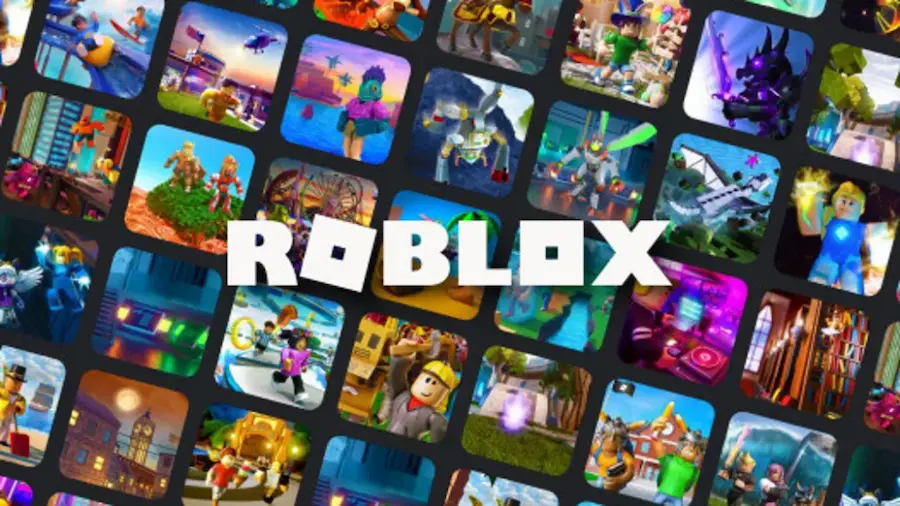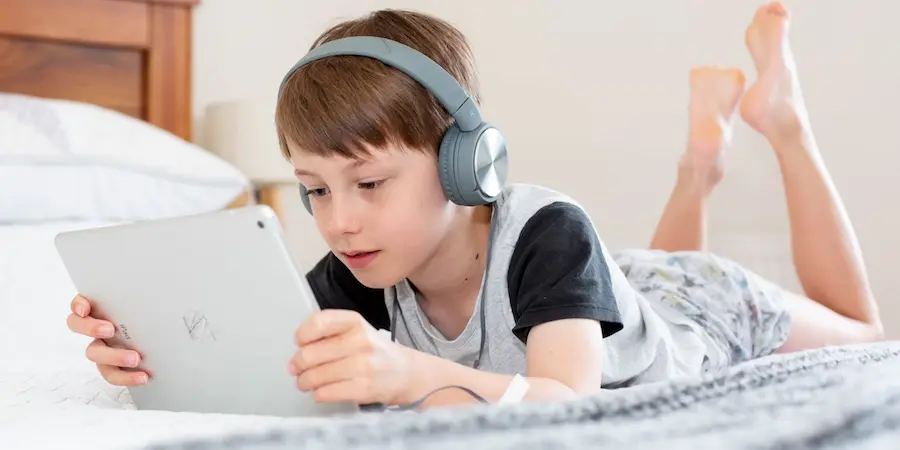If you are a mother or father wondering whether Roblox is suitable for your little one, you are not the only person; in fact, it is one of the most repeated doubts when the first “I want to play Roblox” appears at home. We are talking about a super-popular platform that fascinates with its creativity and social component, but which, like any online space, requires knowing its limits and tools well so the experience is positive and safe. How to decide sensibly and without technological fear? Here we guide you step by step.
What Roblox is and why it hooks kids so much
Roblox is not a single game, but an ecosystem with thousands of experiences created by the community, where each world proposes different rules, objectives and styles. In practice, this translates into an inexhaustible library of adventures, minigames and challenges that are constantly updated, which explains its enormous appeal: there is always something new to discover and experiment with.
Also, the creative approach allows the most curious to understand level design logics and game mechanics, something many kids perceive as “playing to build” rather than “studying.” If your child likes to let their imagination run wild in Minecraft-like environments or has explored educational proposals like Scratch, you will instantly understand why Roblox captures so much attention: it combines exploration with creation and socialization in one place.
However, the other side of that breadth of content is that the experience is not uniform: there are very simple and friendly worlds for the youngest, and others more intense or competitive aimed at older users. Therefore, the key is not so much “yes or no” to Roblox, but “how we configure it and with what rules.”

Is it suitable for young children? It depends on configuration and supervision
The suitability of Roblox for young children depends on the child’s maturity, adult supervision and the settings you apply. These are the factors worth considering carefully before opening the door:
- Variable content: since it is a platform with experiences created by users, quality and tone differ between worlds. Review in advance what is being played and choose experiences appropriate for the age.
- Social interaction: many offerings include chat or cooperative/competitive play. It is important to define whether the child can communicate and with whom (known friends vs. the general public), or whether it is better to disable interaction.
- In-app purchases: there are items and upgrades that can be bought with virtual currency. It is advisable to set clear limits to avoid unwanted spending.
- Screen time: with so much variety, the “just one more game” is common. Define schedules and duration to prevent unexpected marathons.
- Privacy: as with any online service, profile management, visibility and shared data are fundamental. Less is more when it comes to personal information.
A golden best practice is to start playing together. Try several worlds, talk about what happens and agree on what types of experiences are allowed. That shared session is like enabling two-factor authentication for family trust: it reinforces safety and creates a common language for future decisions.
It will also help to rely on the parental control tools of the device itself. Both on iOS and Android you can limit usage time, restrict purchases and filter content at the system level, which adds an extra layer of peace of mind without having to become the “network administrator” every evening.
How to set it up to play safely (and without going crazy)
If you decide to take the step, the initial setup makes the difference. The goal is to reduce noise, control interaction and avoid surprises with purchases, all without taking away the spark from the experience.
- Create the account with adult supervision: use a strong password, enable additional security measures when available and store the access data in a password manager. Think of it like having your NAS well configured: you’ll sleep more peacefully.
- Review and adjust communication: limit chat to “friends only” or disable it if the child is very young. Also consider restricting invites and requests.
- Control purchases from the start: block payments without permission and, if you are going to allow any, use controlled methods for specific amounts, explaining to the child the difference between “in-game currency” and real money.
- Choose appropriate worlds together: create a list of “ok” experiences so the child doesn’t have to navigate blind. At first, fewer and very clear options are better.
- Establish digital household rules: do not share personal data, do not accept requests from strangers, report any content that makes them uncomfortable and stop playing if something doesn’t feel right.
- Define times and routines: set schedules and session lengths, and use alarms or the system parental controls to enforce them without arguments.
Practical tip: set aside a weekly slot to review the list of worlds played and the activity history, just as you would with the apps installed on your child’s phone. That light maintenance prevents surprises and keeps the experience aligned with what you consider appropriate at each stage.
And if you want to take action, here is our guide to get started on the right foot: how to download Roblox for free and create an account. That way you separate the technical part from the educational one and each step has its moment.
In summary, Roblox can become a creative and fun space for young children as long as there is supervision, clear limits and well-adjusted controls. Like any powerful tool, it shines when used with judgement: start playing as a family, set up security with care and maintain an open dialogue. The reward? An environment where your little one explores and learns at their own pace, while you have the peace of mind that everything is under control.
.

